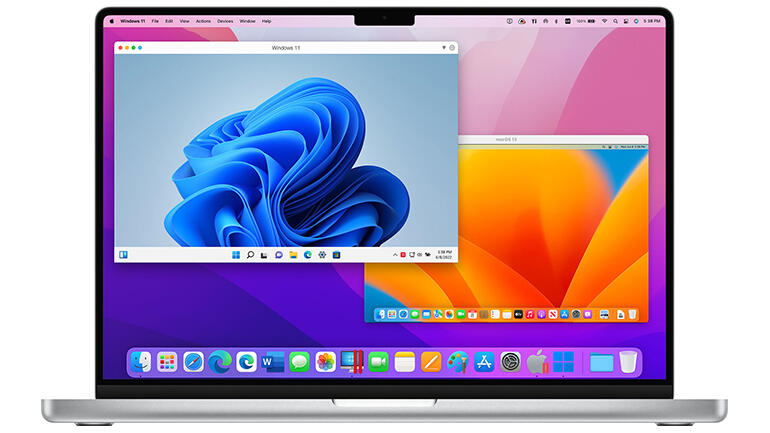'ZDNET Recommends': What exactly does it mean?
ZDNET's recommendations are based on many hours of testing, research, and comparison shopping. We gather data from the best available sources, including vendor and retailer listings as well as other relevant and independent reviews sites. And we pore over customer reviews to find out what matters to real people who already own and use the products and services we’re assessing.
When you click through from our site to a retailer and buy a product or service, we may earn affiliate commissions. This helps support our work, but does not affect what we cover or how, and it does not affect the price you pay. Neither ZDNET nor the author are compensated for these independent reviews. Indeed, we follow strict guidelines that ensure our editorial content is never influenced by advertisers.
ZDNET's editorial team writes on behalf of you, our reader. Our goal is to deliver the most accurate information and the most knowledgeable advice possible in order to help you make smarter buying decisions on tech gear and a wide array of products and services. Our editors thoroughly review and fact-check every article to ensure that our content meets the highest standards. If we have made an error or published misleading information, we will correct or clarify the article. If you see inaccuracies in our content, please report the mistake via this form.
Parallels Desktop 18, hands on: Now you can run Windows 11 on M1 as well as Intel Macs


Parallels Desktop 18
pros and cons
- Now lets you download and install Windows on Arm
- Improved performance on Apple Silicon
- Backwards-compatible with Intel Macs
- Pro and Business Editions require subscription
- Some Intel apps may not be compatible with Windows on Arm
Parallels Desktop has long been the leading virtualisation tool for Apple customers who need to run Windows or Linux as a virtual machine (VM) on their Macs. However, it faced something of a challenge in 2020 when Apple announced its plan to transition the entire Mac platform to its home-grown Apple Silicon.
The Arm-based M1 and M2 chips used in the latest Mac models can no longer run the Intel x86 version of Windows, so those Macs had to rely on the Arm version of Windows -- which itself has had something of a bumpy ride over the last few years. Also, along with various performance and compatibility issues faced when attempting to run existing Intel-based apps and software, Windows on Arm (WoA) is primarily licensed to OEM PC manufacturers, which meant that Parallels' core business -- running Windows on Mac -- was starting to look like something of a dead end.
However, Apple Silicon and Windows On Arm have both made strong progress in the last couple of years, and the new Parallels Desktop 18 is now looking at a much brighter future. In fact, Parallels has worked with Microsoft to allow owners of M1 or M2 Macs to download and buy the Arm version of Windows 11 directly from within Parallels Desktop 18 -- "Microsoft doesn't have any issues with that", a Parallels spokesperson told us.
You can download and install Windows 11 directly from within Parallels Desktop 18. Several Arm versions of Linux are also available.
The company also offers "kudos to Microsoft" for achieving compatibility for what it says is '99.99%' of existing Intel software when running on Windows on Arm. Of course, compatibility alone isn't enough if your key Intel apps run too slowly to be of any practical use. However, Parallels has now had two years to fine-tune the performance of virtual machines running on Apple Silicon and, with high-end processors such as the M1 Ultra, Parallels Desktop 18 now allows you to assign up to 62GB of RAM and 18 CPU cores to your virtual machines. Parallels claims that this provides up to 96% performance increase over the previous version of Parallels Desktop. And, as always, Parallels Desktop also allows you to create virtual machines running Arm versions of Linux, such as Ubuntu, Fedora and Debian, as well as maintaining its longstanding compatibility with older Mac systems -- such as my aging office iMac -- that still run on Intel processors.
Top: Parallels Desktop provides a virtual TPM chip (required by Windows 11). Above: USB support is improved in version 18.
Other new features include support for the forthcoming MacOS Ventura -- both as host OS and 'guest' virtual machine -- as well as support for Apple's 120Hz ProMotion displays, and improved USB support for Windows-based audio and video capture and streaming devices.
For developers, the Pro Edition of Parallels Desktop 18 provides improved networking controls -- known as the 'network conditioner' -- that were previously only available for Intel-based Macs. You can isolate VMs for improved security by preventing them from sharing applications or folders with the host Mac, and there's a new command-line interface for developers who need to automate testing on their virtual machines. The Business Edition for enterprise users now provides SSO/SAML authentication to sign in using a corporate account, and improved features for deploying VMs to multiple users across the organisation.
Top: The 'network conditioner' feature in the Pro version of Parallels Desktop allows developers to configure desired network conditions for virtual machines. Above: VMs can also be isolated from the host Mac.
Pricing for Parallels Desktop 18 is slightly higher than previous versions, starting at $99.99/£89.99 per year for the standard, single-user edition. It's also possible to buy the standard edition as a one-time 'perpetual license' for $129.99/£104.99, although this version requires you to pay for future upgrades separately. There are also discounts for educational users also available. The Pro version costs $119.99/£99.99 per year, while the Business edition for enterprise users is $149.99/£119.99.
There's also a free 14-day trial version of Parallels Desktop available, so Mac users with both Arm and Intel Macs can get an idea of how well it performs with their key apps and software.
Alternatives to consider
The main alternative to Parallels Desktop has long been Vmware Fusion, which has recently gained support for Windows 11 virtual machines on Apple Silicon as well as Intel Macs. However, this is currently only available as a (free) technical preview.
RECENT AND RELATED CONTENT
3 ways MacOS Ventura could upgrade your worklife: hands-on impressions
'Project Volterra': Microsoft is building an Arm dev kit on the Snapdragon compute platform
First Windows 11 on Arm laptops arrive with Microsoft's Pluton chip. Here's why it matters
Read more reviews
- The 10 best webcams: Join your next Zoom call in HD
- Nacon Revolution X Pro game pad review: Ergonomic and customizable
- Huawei MateBook 16s review: An excellent 16-inch all-rounder
- OnePlus Nord N20 5G review: A surprisingly satisfying sub-$300 phone
- Canon EOS Rebel T7 review: Excellent value for new and experienced photographers